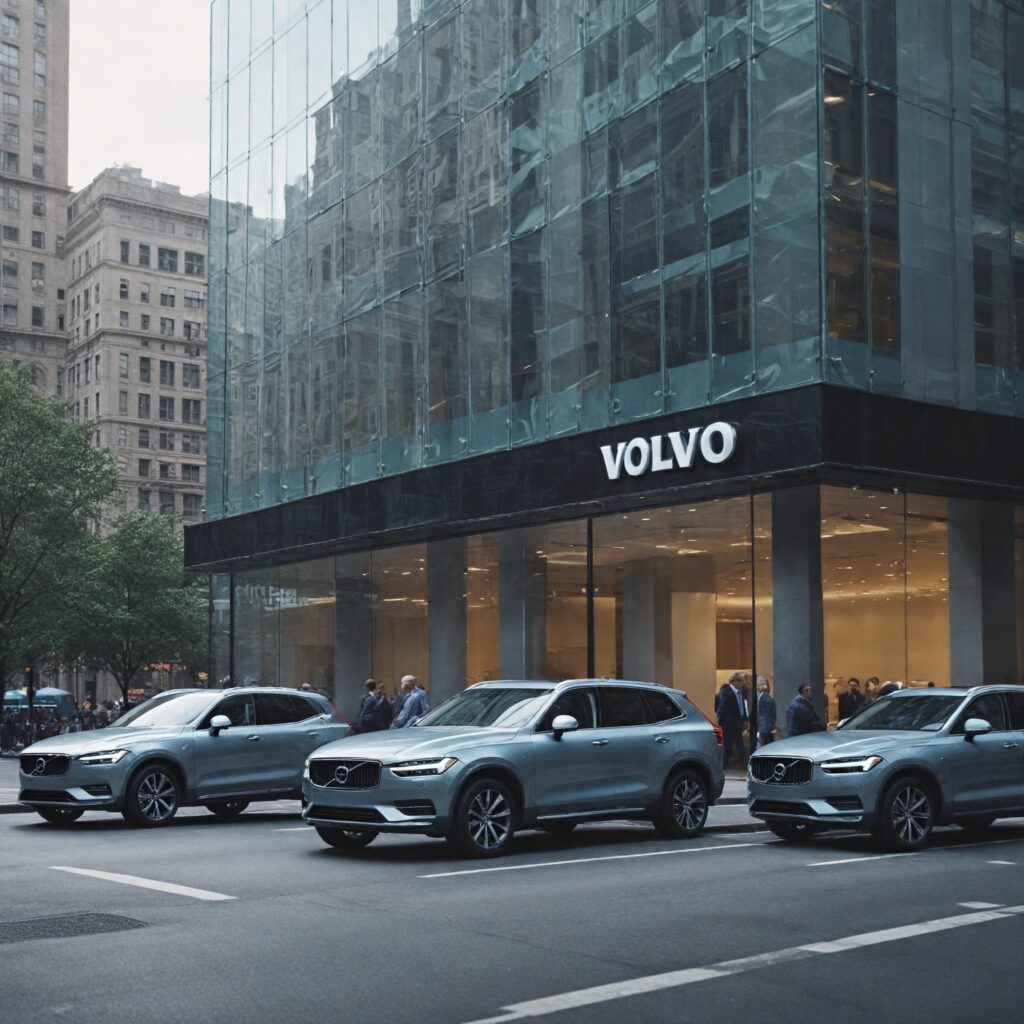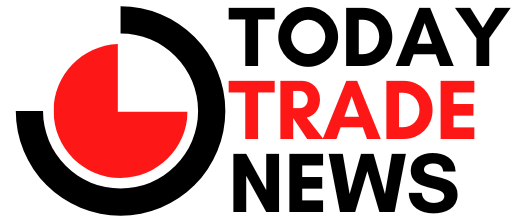
Mikael Sjoberg | Bloomberg | Getty Images
Highlights
- Volvo Cars announces a robust third-quarter profit, surpassing analysts’ projections.
- Stock prices surged nearly 40%, marking one of the company’s most significant trading days.
- Despite solid profit, Volvo faces challenges such as macroeconomic pressures and import tariffs ahead.
Volvo Cars Posts Unexpectedly Strong Profits
Volvo Cars recently revealed that it outperformed expectations for the third quarter of this year, prompting a dramatic increase in its stock price. The Swedish automotive giant, owned by China’s Geely Holding, recorded an operating income of 6.4 billion Swedish kronor (approximately $680.4 million) for the July to September period, significantly exceeding analysts’ forecasts and showing an increase from 5.8 billion kronor compared to the same timeframe last year. This impressive financial performance has set the stage for one of the highest trading days seen by Volvo since it began its public journey.
The company cited its ongoing cost-saving initiatives, amounting to 18 billion kronor, along with certain one-off items as critical factors behind this growth. Notably, Volvo Cars demonstrated an earnings margin before interest and taxes (EBIT) of 7.4%, compared to 6.2% during the same quarter a year prior. The positive results have instilled confidence in both the company’s leadership and its shareholders as Volvo seeks to navigate a challenging automotive landscape.
Positive Trends Amid Macroeconomic Challenges
CEO Håkan Samuelsson remarked on the company’s performance, emphasizing the solid results achieved in a difficult market environment. He noted a return to slight sales growth in September, alongside a promising ramp-up in sales of battery electric vehicles (BEVs). The upcoming launch of the EX60 in January is particularly significant, as Volvo aims to gain traction in one of the most popular electric vehicle segments.
However, while the third-quarter profits reflect effective cost management strategies, the company has also indicated that its short-term outlook is becoming increasingly precarious. Persistent macroeconomic challenges, such as intense price competition and the ramifications of U.S. import tariffs, are making the landscape for automotive sales more complex. This dual situation highlights the need for careful navigation as Volvo prepares for the year’s final quarter.
Navigating the Road Ahead
The implications of Volvo’s recent third-quarter results extend beyond just financial metrics; they redefine expectations in the competitive automotive market. As the company anticipates further benefits from its cost-saving measures in the upcoming months, the balance between maintaining profitability and addressing external market pressures remains crucial. The ability to adapt to these challenges may set the tone for Volvo’s future, especially in terms of innovation and product offerings.
In seeking solutions, Volvo may need to enhance its operational flexibility further while exploring additional avenues for revenue generation. Addressing challenges posed by tariffs and competitive pricing will be key to sustaining momentum. The company’s commitment to expanding its BEV lineup may also play a pivotal role in shaping its market position as consumer preferences increasingly shift toward electric vehicles.
Conclusion: In summary, Volvo Cars has demonstrated resilience in its most recent financial performance, highlighting strong profits amidst challenging conditions. As the company rolls out innovative electric vehicle models and navigates competition, the implications for its future growth are profound. What strategies can Volvo implement to overcome economic pressures? How will the company’s focus on electric vehicles impact its market share in the coming years? Engage with these questions to explore the future of automotive giants like Volvo.
Editorial content by Sierra Knightley













